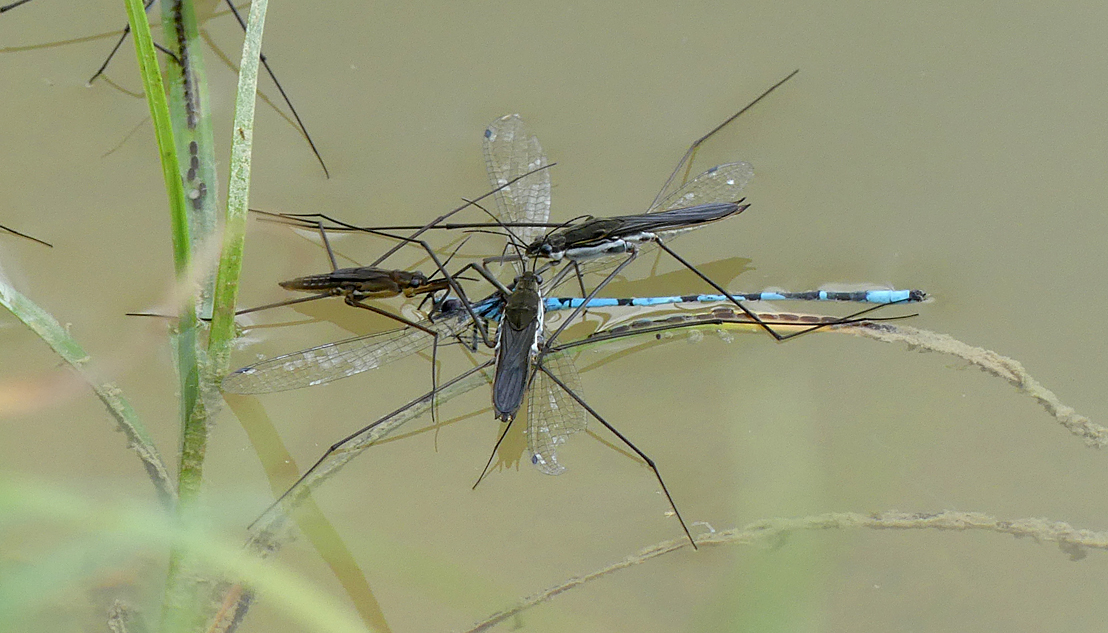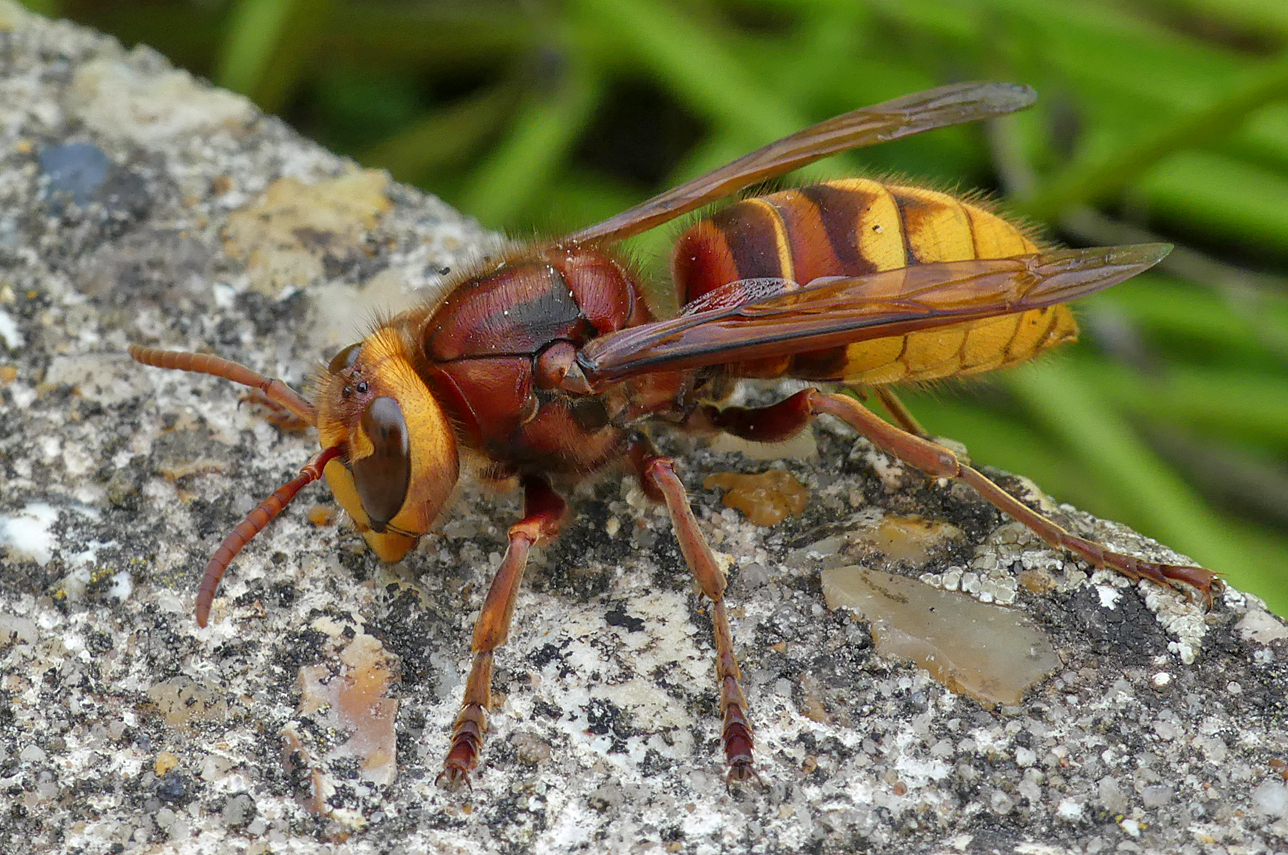Saturday 18th August 2018
/UK HOLIDAY - part 4 : WEST NORFOLK COTTAGE
The main part of the holiday was a week-long stay in a fabulous cottage in the West Norfolk countryside. The cottage was pretty isolated and was very peaceful, near the village of Little Fransham, between Swaffham and Dereham. It was a nice little area to potter around, taking photos and looking for creatures, especially as it was situated next to a pretty large fishpond.
Holiday cottage near Little Fransham, Norfolk
There were not huge amounts of birds in the area, probably due to being a quiet time of year, but we enjoyed watching the Swallows which were still nesting in the garage. Brief visitors to the trees and bushes in the cottage garden included a few Goldcrests and Coal Tits, flyover birds included Buzzards, Green and Great Spotted Woodpeckers and a few Jays, Yellowhammers and Red-legged Partridges were present in the surrounding fields, and a Tawny Owl was heard calling after dark one evening.
Swallows, Little Fransham, Aug 18
With the ponds just yards from the door, I spent a long time looking for dragonflies. The presence of lily pads meant that Red-eyed Damselflies were present, and also Small Red-eyed Damselflies shared the same spots. The Small REDs had an extra mark of blue on the tail tip - which didn’t go all round the top - and their tails tended to curve upwards, whilst the regular REDs tails seemed to droop down (see photos below). The other species I recorded around the ponds were Common Blue, Blue-tailed and Emerald Damselflies, Ruddy Darters, and Brown and Migrant Hawkers.
Red-eyed Damselfly, Little Fransham, Aug 18
Small Red-eyed Damselfly, Little Fransham, Aug 18
Common Blue Damselfly, Little Fransham, Aug 18
The lily pad area was also covered by hundreds of Water-striders which appeared to be a pretty big species. I took photos and, using an online key, have identified them as Aquarius paludum. Also scuttling around on the surface of the water, just in one tiny spot, was a colony of Whirlygig Beetles, something that I don’t recollect ever seeing before. I did catch one of these and it keyed out to Gyrinus paykulli.
Water striders (Aquarius paludum,) , Little Fransham, Aug 18
“Damsel in distress” - Water striders (Aquarius paludum) feasting on a Common Blue Damselfly.
One evening, a Common Frog appeared at the window of the lounge of the cottage and sat there staring in. I don’t know what it was after - maybe insects attracted to the light of the windows. Smaller bats were common on the clear nights round the cottage, often passing so close it was a surprise they didn’t collide.
Frog, Little Fransham, Aug 18
Frog, Little Fransham, Aug 18
Each night, after dark, we had to close the windows to not only stop the mosquitos coming in, but to stop the Hornets too! They kept appearing at the windows looking like they were trying to break in. We also found 4 or 5 in the dining room and wondered how they got there until I realise that there was actually a Hornet nest in the chimney and the odd one was falling down and into the room. It was nice to get good looks at these massive, docile wasps that we don’t get in Guernsey. Another bitey thing we had in the cottage was a Twin-lobed Deerfly which, despite being rather attractive, apparently gives quite a nip. I escorted from the premises. I suppose when you are used to living in the country, you also get used to the local wildlife trying to move into your abode. Another vicious fly was the Cleg Fly I found resting on a fence with the crazy-coloured eyes.
Hornet, Little Fransham, Aug 18
Hornet, Little Fransham, Aug 18
Hornet, Little Fransham, Aug 18
Twin-lobed Deerfly, Little Fransham, Aug 18
Notch-horned Cleg Fly, Little Fransham, Aug 18
Notch-horned Cleg Fly, Little Fransham, Aug 18
Fly sp., Little Fransham, Aug 18
The nights were not that warm so we didn’t have loads of moths at the windows at night but I did record a few interesting species like Orange Swift and Red Underwing. On a couple of occasions I took my net out after dark and grabbed a few flutterers, most of which were Ringed China-marks, not surprising with the water being so close. I did finally net a new species on the very last night, a rather splendid Treble-bar.
Treble-bar, Little Fransham, Aug 18
Other new species seen whilst pottering around included a few beetles - Adonis Ladybird, Viburnum Leaf Beetle, Lesser Mealworm Beetle and Broad Bean Weevil - plus the distinctive bug, Malococoris chlorizans. There were a few plant species ticked off but mainly boring weeds. We did go to a few other spots, but these were mainly short walks with Anais in the woods, or visits to ‘attractions’ so I didn’t really see much new away from our lodgings.
White Bryony, Little Fransham, Aug 18
So an enjoyable week spent mooching around somewhere new and having a (sometimes!) relaxing time with the family.
Anais and me discussing the finer points of damselfly ID by the cottage pond
































